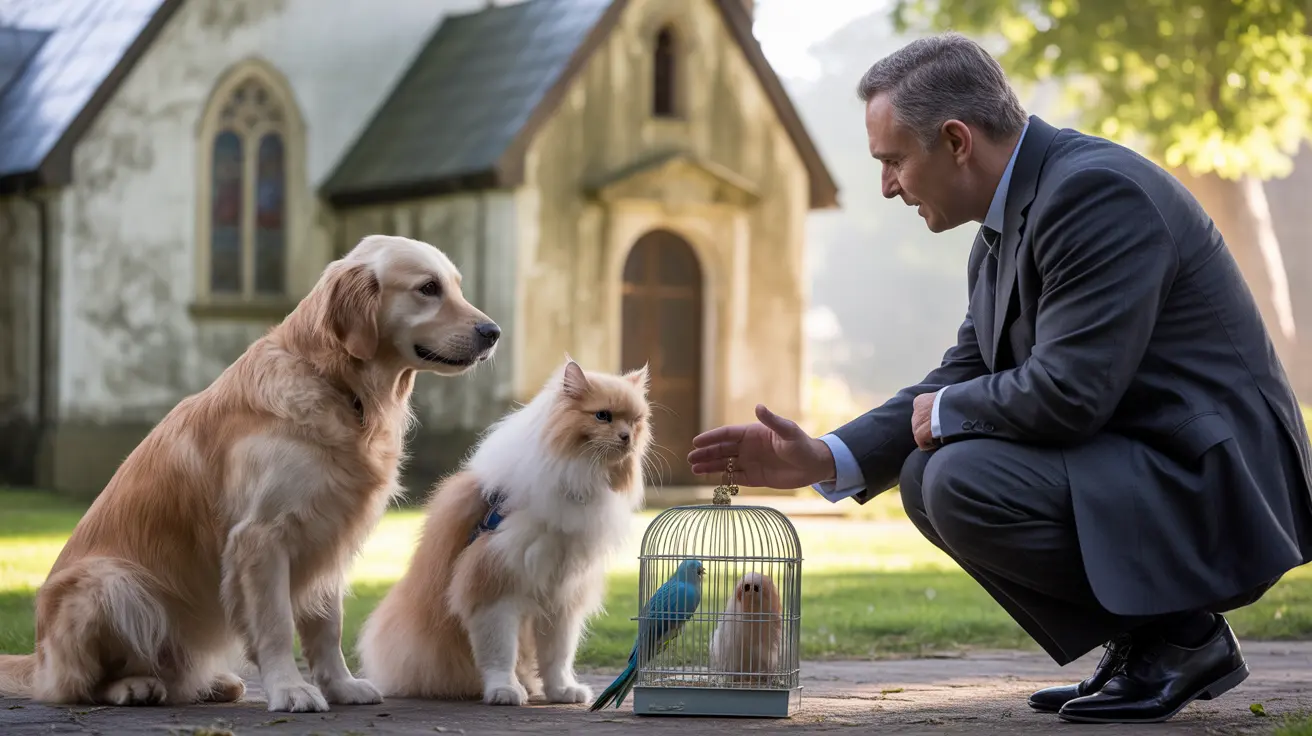Just like humans, dogs experience their golden years differently depending on various factors. Understanding when your furry friend enters their senior phase is crucial for providing the best possible care during their later life stages. While there's no universal age when all dogs become seniors, several key factors determine when your dog crosses this important threshold.
The traditional notion that one dog year equals seven human years is outdated. Instead, veterinary experts now recognize that aging in dogs is more nuanced, particularly varying by breed size and individual health factors. Let's explore when dogs typically reach their senior years and what this means for their care.
Size Matters: Understanding Senior Age by Breed Size
One of the most significant factors in determining when a dog becomes a senior is their size. Generally, larger dogs age faster than smaller ones, reaching senior status at younger ages:
Small Breeds (Under 20 pounds)
Small breeds like Chihuahuas, Yorkshire Terriers, and Dachshunds typically don't reach senior status until around 10-12 years of age. These breeds often live longer overall, with many remaining active and healthy well into their teen years.
Medium Breeds (20-50 pounds)
Dogs like Beagles, Cocker Spaniels, and Border Collies usually enter their senior phase between 8-10 years old. They maintain a middle ground in terms of aging rate and life expectancy.
Large Breeds (50-90 pounds)
Larger dogs such as Labrador Retrievers, German Shepherds, and Boxers typically become seniors around 8-9 years of age. Their faster aging process means earlier senior care is essential.
Giant Breeds (Over 90 pounds)
Great Danes, Saint Bernards, and other giant breeds reach senior status the earliest, often around 6-7 years old. Some may be considered seniors as early as 5 years old, depending on their specific breed and health status.
Signs Your Dog Is Entering Their Senior Years
Age isn't the only indicator of senior status. Watch for these common signs that your dog is entering their golden years:
- Graying fur, especially around the muzzle and face
- Reduced energy levels or stamina during activities
- Changes in sleep patterns or increased sleep time
- Stiffness when getting up or lying down
- Clouding of the eyes (nuclear sclerosis)
- Changes in appetite or water consumption
- Dental issues or bad breath
- Weight changes (gain or loss)
Special Care Requirements for Senior Dogs
As your dog enters their senior years, their care needs will change. Here's what to focus on:
Medical Care
Increase veterinary check-ups to twice yearly to catch age-related issues early. Regular blood work, dental examinations, and physical assessments become crucial for maintaining health.
Nutrition
Senior dogs often need specialized diets with adjusted protein levels, fewer calories, and additional supplements for joint health. Consult your veterinarian about the best dietary changes for your aging pet.
Exercise and Activity
While senior dogs still need regular exercise, adjust the intensity and duration to match their changing abilities. Focus on low-impact activities and shorter, more frequent exercise sessions.
Frequently Asked Questions
At what age is a dog considered a senior and how does it differ by breed size?
Small breeds typically become seniors at 10-12 years, medium breeds at 8-10 years, large breeds at 8-9 years, and giant breeds as early as 6-7 years old.
What are the most common signs that a dog is becoming a senior dog?
Common signs include graying fur, reduced energy, joint stiffness, changes in sleep patterns, cloudy eyes, and altered appetite or thirst levels.
How often should I take my senior dog to the vet for check-ups?
Senior dogs should visit the veterinarian at least twice yearly for comprehensive health screenings and preventive care.
What special care and diet changes do senior dogs need compared to younger dogs?
Senior dogs often need specialized diets, adjusted exercise routines, more frequent health monitoring, and may require supplements for joint health and overall wellness.
Why do larger breeds become seniors earlier than smaller dog breeds?
Larger breeds have shorter overall lifespans and age more quickly due to their size and faster growth rate, leading to earlier onset of age-related conditions.
Understanding when your dog enters their senior years allows you to provide the best possible care during this important life stage. By recognizing the signs of aging and adjusting care accordingly, you can help ensure your senior dog maintains a high quality of life well into their golden years.






